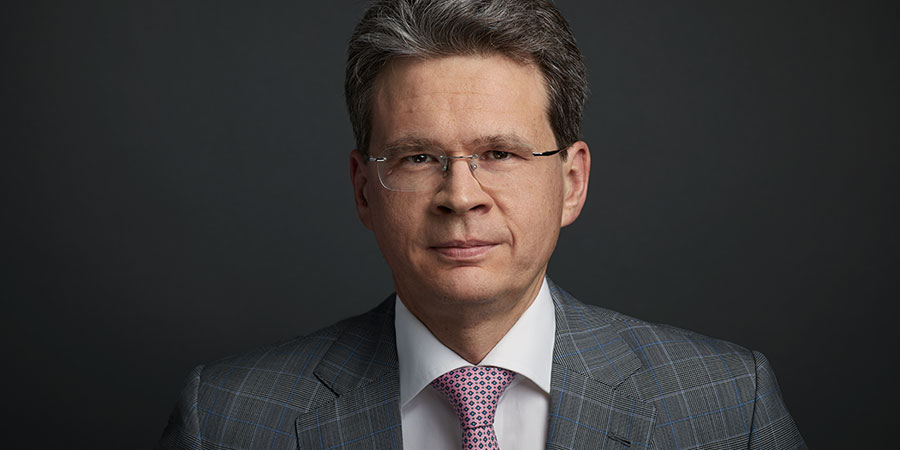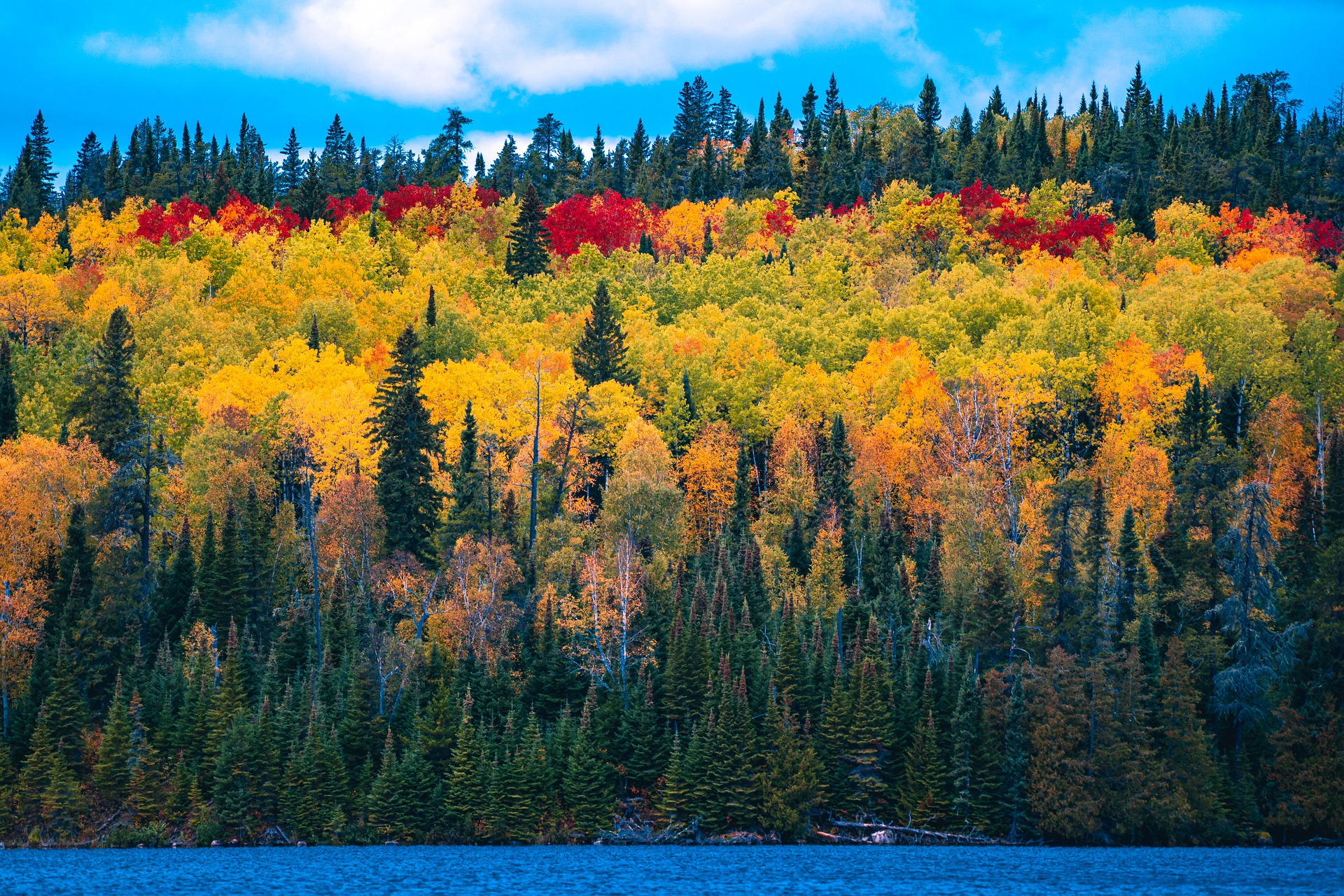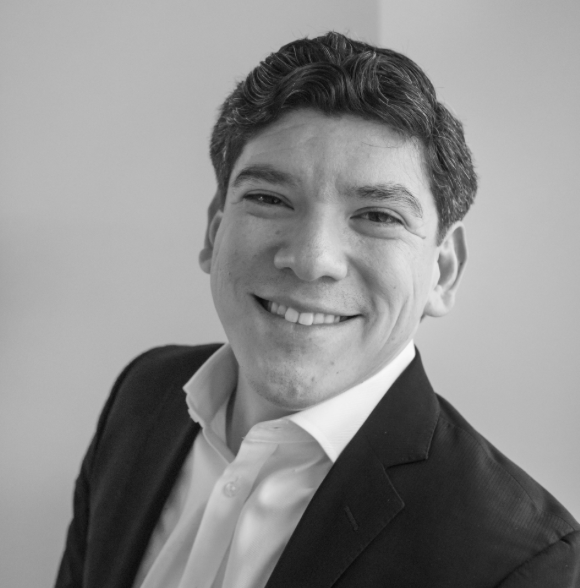It’s Always the Right Time for Emerging Markets
| By Cecilia Prieto | 0 Comentarios

Two questions about investing in emerging markets (EM) are increasingly common: Does it make sense to time allocations to emerging market equities? And given the MSCI’s EM Index’s historic, near-doubling from its March 2020 low, is it time to get out?
Trying to time shifts is difficult in any market, but even more so in emerging markets. Market timing questions aside, there are several compelling reasons to maintain a consistent and material allocation to emerging market stocks, if not increase it.
Why Emerging Markets Should Comprise a Consistent Allocation Within a Portfolio
Developing economies represent about 85% of the global population and generate nearly half of global gross domestic product (GDP), thanks in large part to a rapidly expanding middle class. Not only are these economies contributing a significant portion of the world’s economic output, but their collective GDP has also proven more resilient through the pandemic and is expected to rebound more this year and next. According to the International Monetary Fund’s World Economic Outlook from January, advanced economies are estimated to have declined 4.9% in 2020 and are forecast to expand 4.3% this year and 3.1% in 2022. By contrast, emerging and developing economies collectively declined just 2.4% in 2020 and are seen growing 6.3% in 2021 and 5% next year.


The faster economic growth should be supportive for emerging market earnings, if past experience is any guide. Despite the rapidly increasing importance of emerging markets in a global context, the companies in emerging markets represent less than one quarter of global stock market capitalization. This will very likely grow over time.
While the long-term investment opportunity in EM is compelling, there are portfolio benefits as well. Since its inception in 1988 through December 31, 2020, the MSCI EM Index has delivered a 10.2% annualized total return, which is similar to the S&P 500 Index’s 11% annualized gain and considerably more attractive than the MSCI EAFE Index’s 5.4% rise. Importantly, emerging markets tend to behave differently than their developed-market counterparts as they both under- and outperform each other at different points in time, providing meaningful asset diversification over market cycles.
Indeed, because EM economies and capital markets are less mature, emerging markets still experience pronounced business cycles. This attribute alone could provide a material performance advantage over time, particularly for portfolios that are actively balanced across the growth/value spectrum throughout the cycle. This balance can enhance diversification while positioning the portfolio to take advantage of sector and style rotations.
Although the S&P 500 Index extended its outperformance in the latter half of the last decade, the MSCI EM Index’s 18.7% return in 2020 slightly beat the S&P 500 Index’s 18.4% gain. And over the first two months of 2021, the developing country benchmark more than doubled the return of the S&P 500, perhaps signaling a turn in the cycle. If so, that would reinforce the long-term performance of emerging market equities as well as the portfolio diversification benefit of consistent exposure to emerging markets.

Putting the Last Few Years into Context
Emerging market equities frequently oscillate between strongly positive and sharply negative performance. Putting the moves of the last several years into context illustrates this dynamic nature of EM investing and supports our view that it’s always the right time to be invested in EM.
Following the 2008 Global Financial Crisis, emerging markets rebounded sharply on the back of strong domestic consumption trends and bold stimulus programs, particularly in China. Expectations and valuations grew quickly, but were subsequently disappointed as the debt-fueled stimulus programs began to wear off. Most emerging markets were left with a debt overhang. By 2015, the U.S. Federal Reserve had tapered its asset purchases and then steadily lifted its key rate from late 2016 through mid-2019, spurring a strengthening U.S. dollar. The dollar headwind was too much for most emerging market earnings translated into greenbacks, despite consistent underlying EM growth trends. And while relative valuations favored developing country stocks in recent years, the U.S.–China trade dispute and questions about the future growth rate of China also weighed on broader developing country equities.
Entering 2020, economic conditions looked strong for many emerging markets but the spread of COVID-19 and to a lesser extent an oil price war between Russia and Saudi Arabia ultimately resulted in the first quarter being the worst quarter for global equities since the Great Financial Crisis. A flight to safety ensued as a general sense of fear overcame the markets, resulting in elevated capital flows out of EM and into the perceived safety of the U.S. dollar. The impact was especially painful for EM economies with elevated macro sensitivity to oil as well as those seen as too dependent on foreign investment.
Ultimately, though, with vaccine developments stoking the reopen trade and the U.S. election easing geopolitical tensions, emerging market equities finished an unprecedented 2020 on a high note. The MSCI EM Index returned just under 20% during the fourth quarter, its highest quarterly return in more than a decade.
The years following the Great Financial Crisis have shown once again that emerging markets are volatile. However, investors who maintained consistent exposure to EM during this period would have realized an attractive return on their EM allocation, with annualized performance of 10% for the MSCI EM Index from December 31, 2008, through December 31, 2020. Note that during this period the MSCI EM Index outperformed the S&P 500 50% of the time on a quarter-by-quarter basis, illustrating again that EM markets behave differently than their developed-country counterparts and reinforcing the argument that maintaining a consistent allocation to EM can enhance asset allocation diversification.
What Lies Ahead?
Many of the structural drivers that were beginning to emerge prior to COVID will come back into focus, helping to position emerging markets to potentially outperform in 2021. Among them, capital markets that continue to broaden and deepen, improving consumption trends fueled by rising incomes and an expanding middle class and new types of products and services that are continuing to penetrate many EM economies. Combined with massive global liquidity injections, highly accommodative interest rates, a weakening U.S. dollar, accelerating global growth and the deployment of COVID vaccines, emerging market stocks should have the wind at their back in 2021. Indeed, a recent global fund managers’ survey from Merrill Lynch showed that a record 62% of global money managers were overweight EM and two-thirds predicted that EM will be the top-performing asset this year. Yes, emerging markets are volatile. But it’s our strong view that because of the compelling long-term returns and portfolio diversification benefits, emerging market equities should remain a consistent and material portfolio allocation.
Charles Wilson, PhD is a portfolio manager at Thornburg Investment Management.
Founded in 1982, Thornburg Investment Management is a privately-owned global investment firm that offers a range of multi-strategy solutions for institutions and financial advisors around the world. A recognized leader in fixed income, equity, and alternatives investing, the firm oversees US$45 billion ($43.3 billion in assets under management and $1.8 billion in assets under advisement) as of 31 December 2020 across mutual funds, institutional accounts, separate accounts for high-net-worth investors, and UCITS funds for non-U.S. investors. Thornburg is headquartered in Santa Fe, New Mexico, USA, with additional offices in London, Hong Kong and Shanghai.
For more information, please visit www.thornburg.com
Important Information
The views expressed are subject to change and do not necessarily reflect the views of Thornburg Investment Management, Inc. This information should not be relied upon as a recommendation or investment advice and is not intended to predict the performance of any investment or market.
This is not a solicitation or offer for any product or service. Nor is it a complete analysis of every material fact concerning any market, industry, or investment. Data has been obtained from sources considered reliable, but Thornburg makes no representations as to the completeness or accuracy of such information and has no obligation to provide updates or changes. Thornburg does not accept any responsibility and cannot be held liable for any person’s use of or reliance on the information and opinions contained herein.
Investments carry risks, including possible loss of principal.
Outside the United States
This is directed to INVESTMENT PROFESSIONALS AND INSTITUTIONAL INVESTORS ONLY and is not intended for use by any person or entity in any jurisdiction or country where such distribution or use would be contrary to the laws or regulations applicable to their place of citizenship, domicile or residence.
Thornburg is regulated by the U.S. Securities and Exchange Commission under U.S. laws which may differ materially from laws in other jurisdictions. Any entity or person forwarding this to other parties takes full responsibility for ensuring compliance with applicable securities laws in connection with its distribution.
Please see our glossary for a definition of terms.










